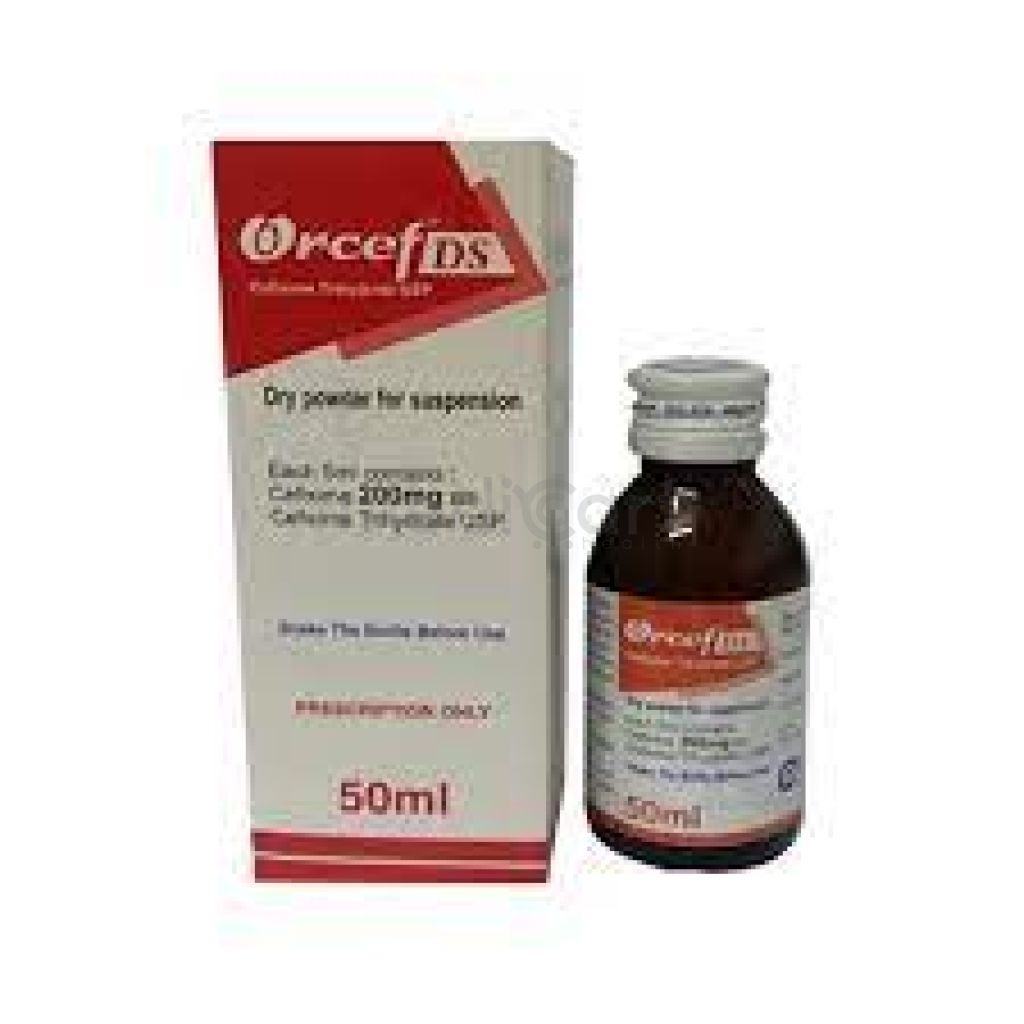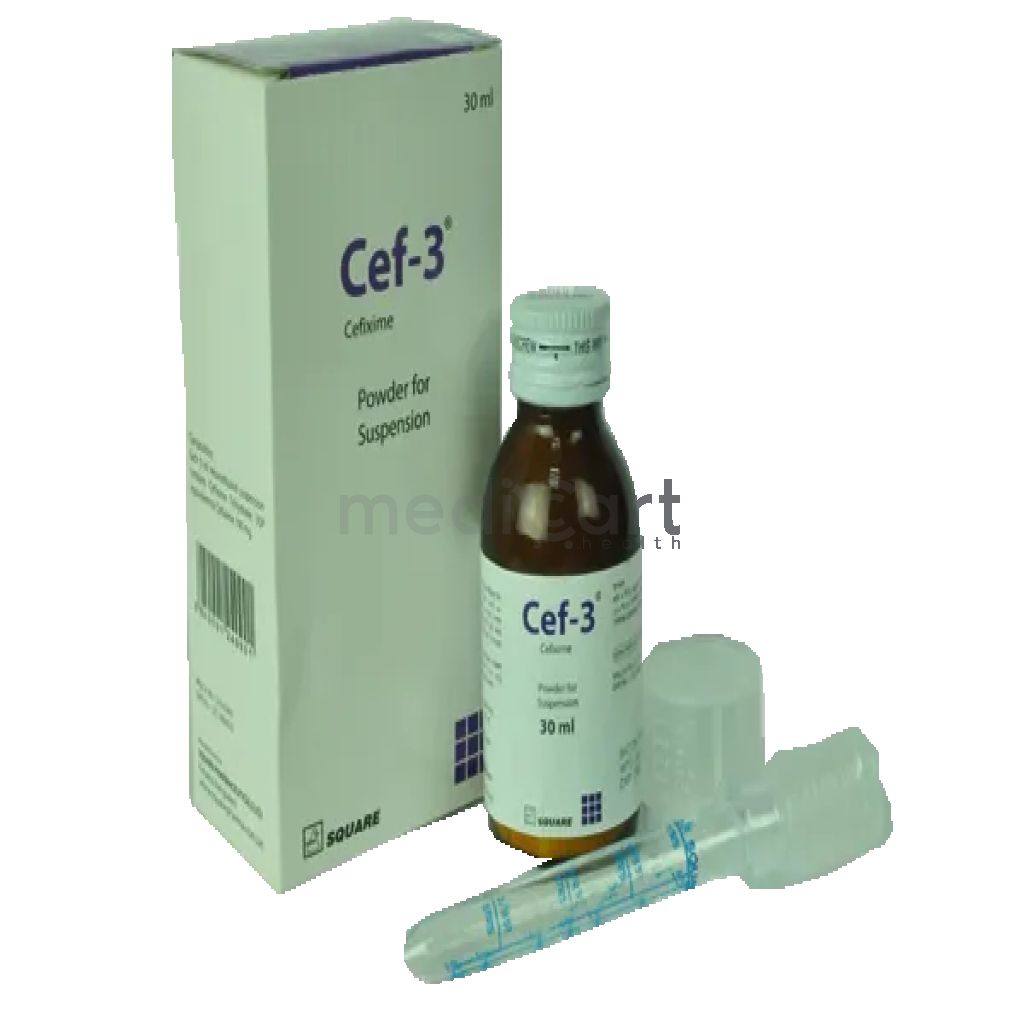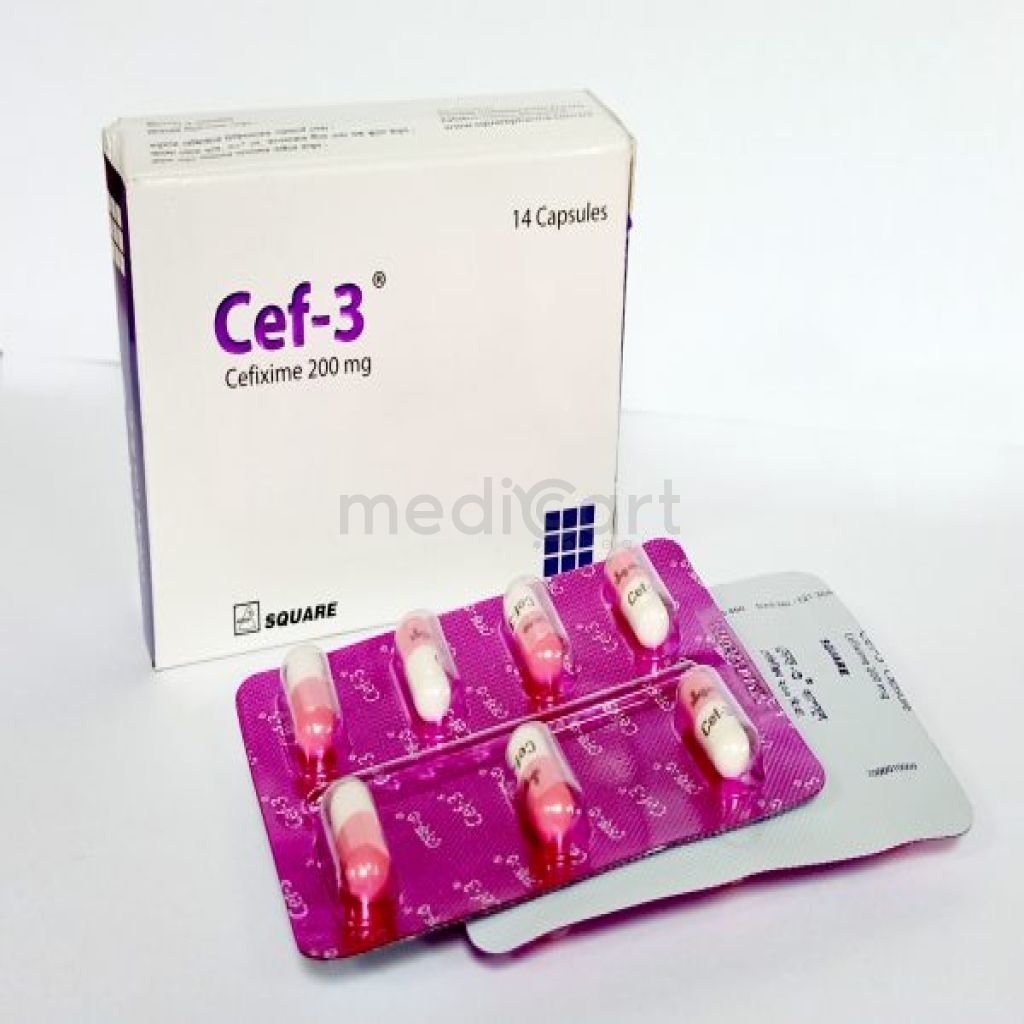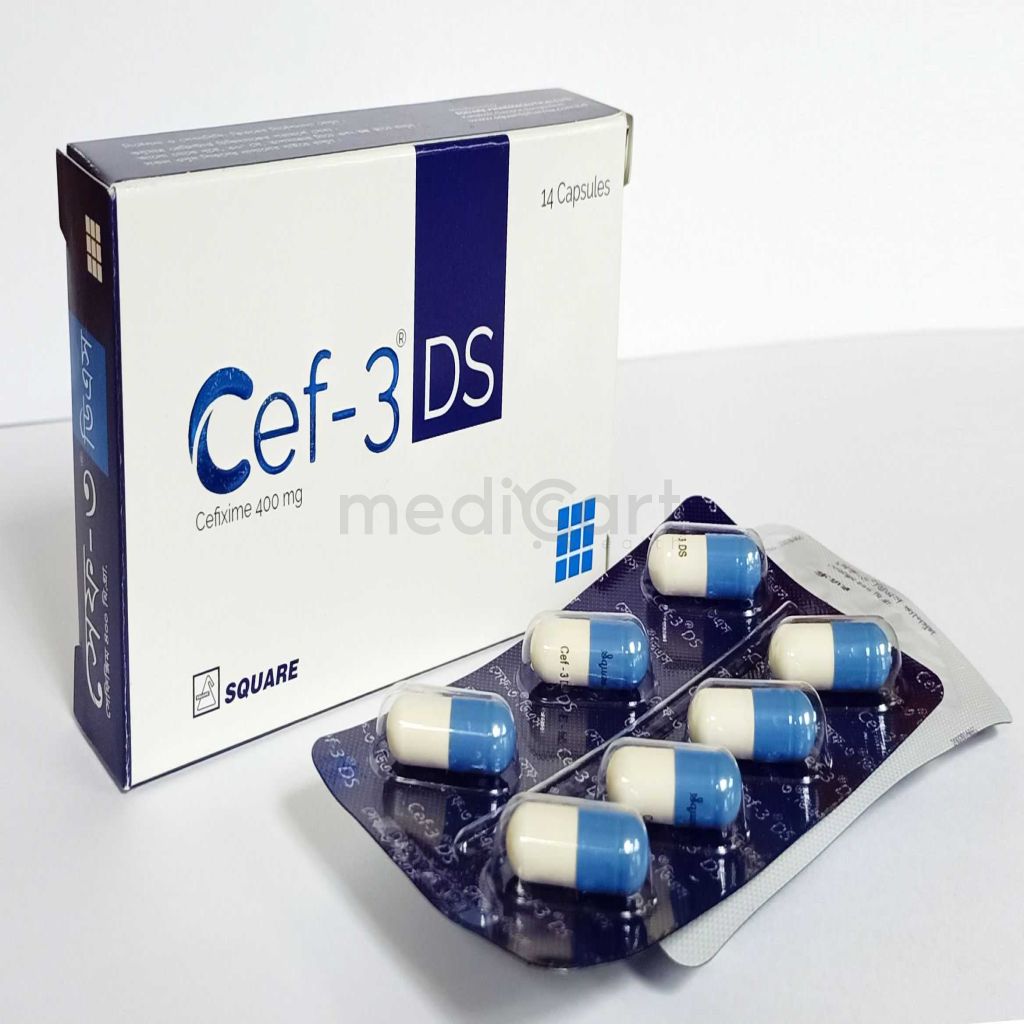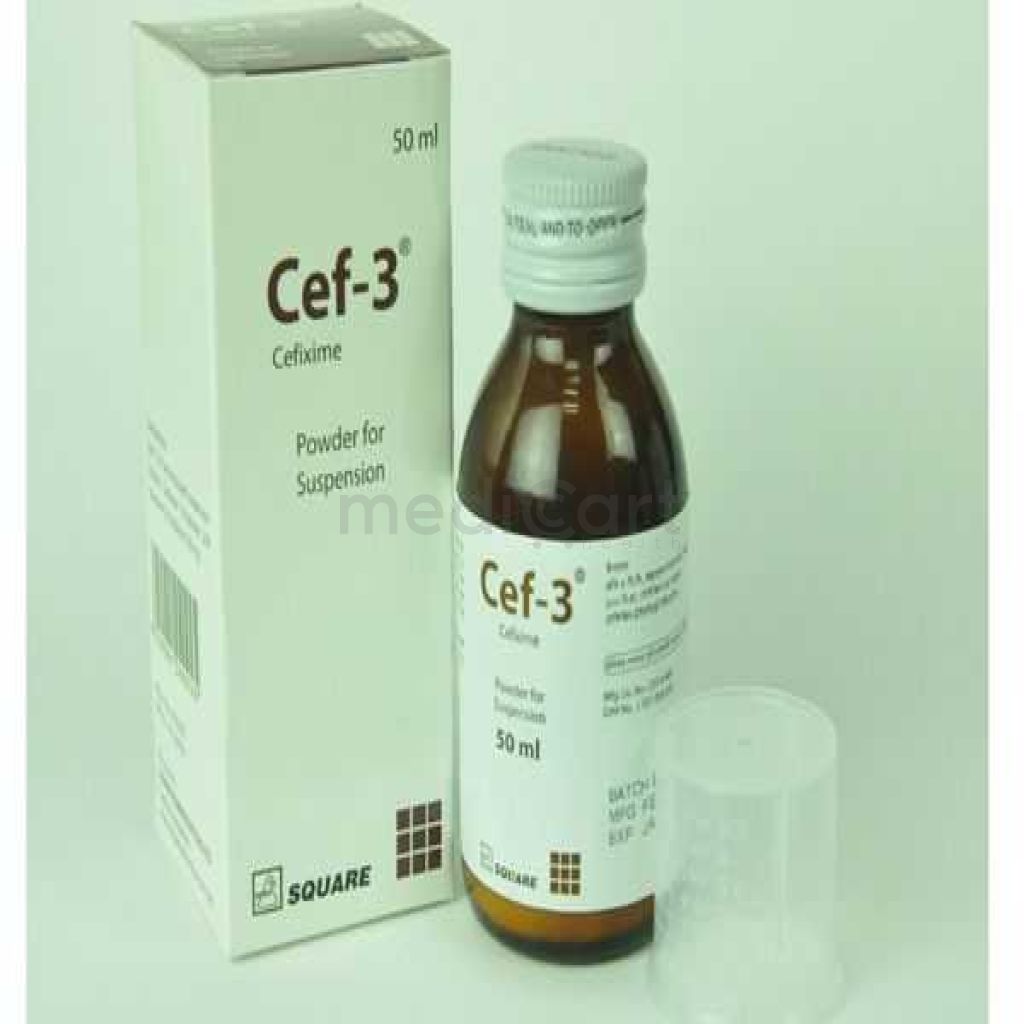

Best Price *
TK
210.00
* Delivery will be done in Dhaka city only.
Alternative Product
More Information About - Odacef - 100mg/5ml
Description
Generic Name
CefiximePrecaution
History of allergy to penicillins; pregnancy, lactation; renal failure; GI disease. Lactation: Unknown whether drug is excreted in milkIndication
Pneumonia, Pharyngitis, Typhoid fever, Susceptible infections , Sinusitis, Otitis media, Tonsillitis, Soft tissue infections, Respiratory tract infections, Acute Exacerbations of Chronic bronchitis, Gonococcal urethritis, Acute bronchitisContra Indication
Hypersensitivity to cephalosporin.Dose
N/ASide Effect
>10% Diarrhea (16%) Frequency Not Defined Abdominal pain,Candidiasis,Dizziness,Dyspepsia,Elevated transaminases,Eosinophilia,Erythema multiforme,Fever,Flatulence,Headache,Increased blood urea nitrogen (BUN),Increased creatinine,Leukopenia,Nausea,Prolonged prothrombin time (PT),Pruritus,Pseudomembranous colitis,Rash,Serum sickness-like reaction,Stevens-Johnson syndrome,Thrombocytopenia,Urticaria,Vaginitis,Vomiting Potentially Fatal: Pseudomembranous colitis.Pregnancy Category
Name : Not Classified
Description
FDA has not yet classified the drug into a specified pregnancy category.Mode of Action
Cefixime binds to one or more of the penicillin-binding proteins (PBPs) which inhibits the final transpeptidation step of peptidoglycan synthesis in bacterial cell wall, thus inhibiting biosynthesis and arresting cell wall assembly resulting in bacterial cell death.Interaction
Increased concentrations with probenecid. Potentially Fatal: May increase prothrombin time with anticoagulants.Pregnancy Category Note
Pregnancy Available data from published observational studies, case series, and case reports over several decades with cephalosporin use, including cefixime, in pregnant women have not established drug-associated risks of major birth defects, miscarriage, or adverse maternal or fetal outcomes Maternal gonorrhea may be associated with preterm birth, low neonatal birth weight, chorioamnionitis, intrauterine growth restriction, small for gestational age and premature rupture of membranes; perinatal transmission of gonorrhea to offspring can result in infant blindness, joint infections, and bloodstream infections Lactation There are no available data on presence of drug in human milk, effects on breastfed infant, or on milk production; drug is present in animal milk; when a drug is present in animal milk, it is likely the drug will be present in human milk; developmental and health benefits of breastfeeding should be considered along with mother?s clinical need for therapy and any potential adverse effects on breastfed infant from drug or from mother?s underlying conditionAdult Dose
Acute Bronchitis & Acute Exacerbations of Chronic Bronchitis, Otitis Media, Pharyngitis/Tonsillitis, Uncomplicated Urinary Tract Infections Adult: 200 or 400 mg daily as a single dose or in two divided doses Gonorrhea: 400 mg as a single dose. Typhoid fever: 20 mg/kg body weight daily in two divided dose. The usual treatment of is 7 days. This may be continued for up to 14 days according to the severity of infection.Child Dose
Child: PO 8 mg/kg/day if <50 kg q12?24h For convalescent oral therapy of serious infections, up to 20 mg/kg/day Child over 12 years: Capsule: 200 or 400 mg daily as a single dose or in two divided doses Powder for Suspension & DS Powder for Suspension & Paediatric Drops: Children above 6 months: 8 mg/kg daily in 1-2 divided doses or 6 months-1year: 75 mg daily 1-4 years: 100 mg daily 5-10 years: 200 mg daily Typhoid Fever 15-20 mg/kg/day PO divided q12hr for 7-14 days; not to exceed 400 mg/day <6 months: Safety and efficacy not establishedRenal Dose
Renal impairment: Dose reduction is necessary. CrCl (ml/min) <20 Max: 200 mg daily.Administration
May be taken with or without food. May be taken w/ food or milk to reduce GI discomfort.Disclaimer
The information provided herein are for informational purposes only and not intended to be a substitute for professional medical advice, diagnosis, or treatment. Please note that this information should not be treated as a replacement for physical medical consultation or advice. Great effort has been placed to provide accurate and comprehensive data. However, Medicart along with its authors and editors make no representations or warranties and specifically disclaim all liability for any medical information provided on the site. The absence of any information and/or warning to any drug shall not be considered and assumed as an implied assurance of the Company.

